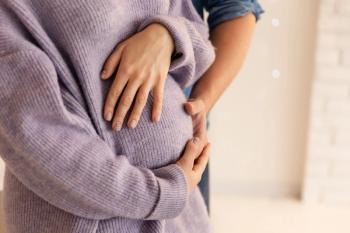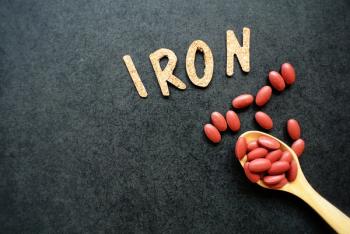
IUDs and dysmenorrhea
Despite several studies indicating that women with copper IUDs suffer from worse dysmenorrhea than those who don’t have the device, a recent study published on April 11, 2013, in Human Reproduction indicates that this may not be entirely accurate.
Despite several studies indicating that women with copper IUDs suffer from worse dysmenorrhea than those who don’t have the device, a recent
Researchers at the Sahlgrenska Academy, University of Gothenburg, Sweden, studied 2,100 women over a 30-year period. Nineteen-year-old women born in 1962 (n =656), 1972 (n = 780), and 1982 (n = 666) were randomly chosen and assessed every 5 years between 1981 and 2001. Each woman was asked about her pregnancies, children, height, weight, and contraception. Women who indicated that they suffered from dysmenorrhea had the severity assessed by verbal multidimensional scoring system (VMS) and a visual analog scale (VAS).
The results indicated that the pain severity was the same for women using copper IUDs as women who used no form of contraception or other forms of contraception such as condom and barrier methods (VMS score: +0.05 units/VAS: =0.3mm, both NS). However, women who used levonorgestrel-releasing intrauterine systems (LNG-IUS) or combined oral contraceptives (COC) were shown to have less severe dysmenorrhea (LNG-IUS use, VMS score: -0.4 units/VAS: -13 mm, both P <0.01; COC use, VMS score: -0.4 units/VAS: -11 mm, both P <0.0001). Investigators also found that women who had given birth had less severe dysmenorrhea as well (VMS score: -0.3 units, P <0.05/ VAS: -16 mm, P <0.001). The women in the study also indicated that the severity decreased between ages 19 and 44.
While the study indicates that copper IUDs have no influence on dysmenorrhea severity, the researchers cautioned that the response rate did decline over the study period. Women were also not asked about endometriosis or adenomyosis, both of which can be confounding factors for dysmenorrhea.
Newsletter
Get the latest clinical updates, case studies, and expert commentary in obstetric and gynecologic care. Sign up now to stay informed.










